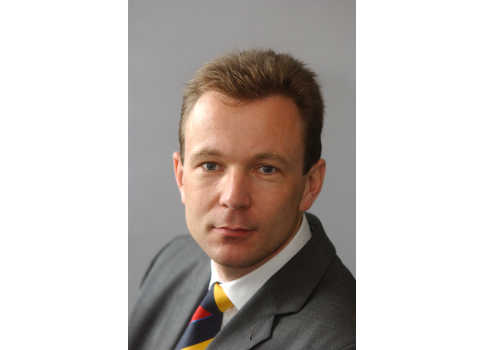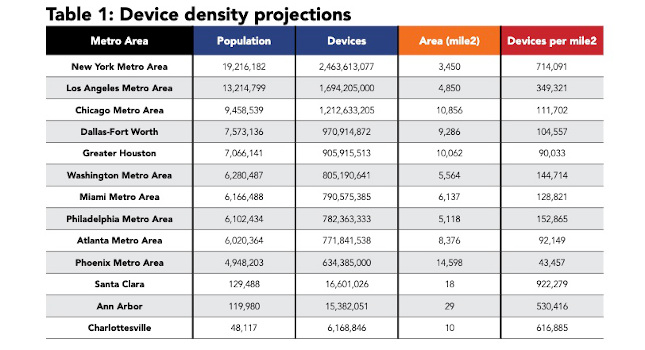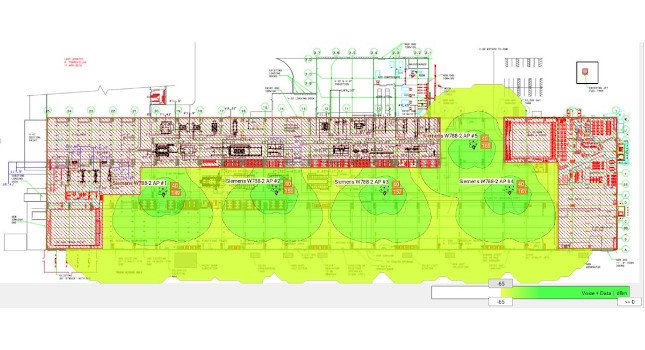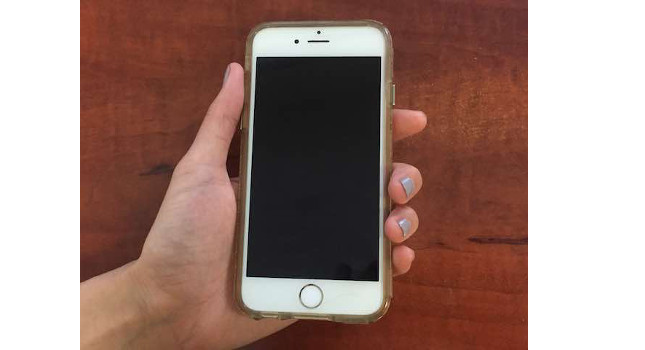Achim Kruger, vice president of operational excellence solutions at SAP, talks about the transformative nature of IIoT for manufacturing’s future.

As the buzz over The Industrial Internet of Things (IIoT) accelerates, familiar names are entering the landscape with strategies to help manufacturing. SAP sees the space as an extension of its information management skill set, and is offering new ways to reach the plant floor. Achim Kruger, vice president of operational excellence solutions at SAP, talks about the transformative nature of IIoT for manufacturing’s future.
CFE Media: Assess the Industrial Internet of Things (IIoT) as a strategy in 2016. Where are we today and where are we headed in the near term?
Kruger: In today’s world, companies embracing IIoT gain a clear competitive advantage, but companies who do not include IIoT in their strategy will disappear from the market. IIoT as a strategy means that you connect to your assets and your manufacturing equipment in a way that gives live transparency to what is happening on the shop-floor. In fact, connecting IT and OT has already been done for years (for example, by means of SAP Manufacturing Integration and Intelligence), but sensors getting cheaper and cheaper and the Internet Protocol as a new communication layer, has changed the order of magnitude.
CFE Media: Since everyone sees IIoT as a long-term game-changer, what is SAP’s vision for IIoT 5 and 10 years down the road?
Kruger: Five or 10 years down the road the question of whether or not you connect to the asset by means of IIoT will no longer be relevant because this will be normality. Driving revenues, lowering cost and reducing risk will be determined by the ability to combine operational data with business data at a large scale. IT and OT will further merge and data not being brought into a business context will not be converted to valuable information and finally decisive knowledge. Running your business live will require real-time transparency at all times and everywhere. As companies mature they will begin to better understand how to apply these game changing technologies to improve their overall customer engagement and business models, while discovering how their own business vision changes in a more connected world.
CFE Media: Two big issues with IIoT are speed of adoption and cost, both of which are tied to making a business case for IIoT. What do you see as the business case?
Kruger: Optimized cost, risk and performance are driving the business cases for implementing IIoT solutions, though it always starts with new business models or disruptive business process improvements. IIoT allows for individualized products and customer centricity, both of which are clear revenue drivers. Additionally, the cost of IIoT will be further decreasing, as respective technology is commoditized.
CFE Media: When you talk with manufacturers, what are their needs today, both in general and as they relate to IIoT?
Kruger: The dynamic and complexity surrounding boundary conditions is increasing. Prices for raw materials are volatile as are the market demands. In times like these, manufacturers ask for better capabilities to sense demand and more agile response. IIoT, complemented by predictive analytics can be the key to running a business live.
CFE Media: What’s the one thing about IIoT that most manufacturers don’t know?
Kruger: Most people still think that it is just about using the Internet Protocol for connecting to things, but in fact, we are facing a complete merger of IT and OT information.
CFE Media: Manufacturing has slowed down globally in the last six month, causing sharp drops in oil prices and a general malaise in the economy. Why is this still a good time to invest in manufacturing, and in IIoT?
Kruger: Every crisis is also an opportunity. Manufacturers that set a clear strategy involving IIoT as an enabler will leave the crisis with a competitive advantage. Investments need to be prioritized more than ever, but the capability to implement new business models will pay off.
CFE Media: What is SAP’s interest in the manufacturing sector, and how will that interest emerge as we come up on Hannover Messe and IMTS in 2016?
Kruger: SAP and several of its customers will be at Hannover Messe and IMTS. The capabilities SAP can bring to the table allow for a seamless integration alongside the product lifecycle and from shop floor to top floor. SAP serves both discrete and process industries with a broad yet comprehensive portfolio. Together, with our partners, we will use the opportunity to showcase our IIoT capabilities.



